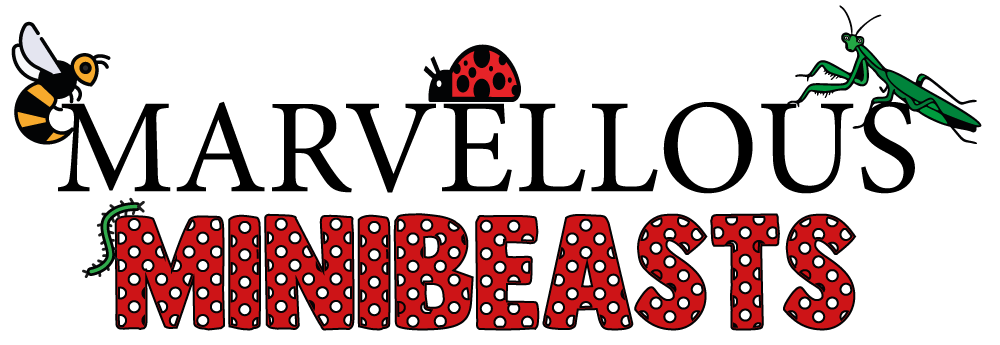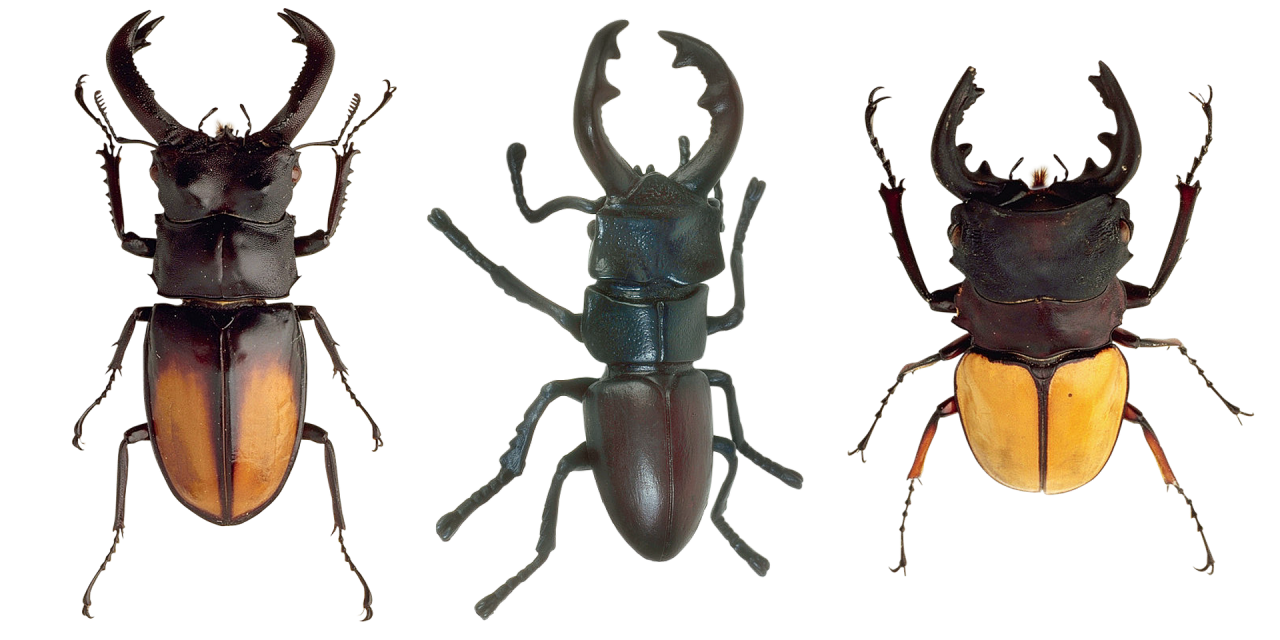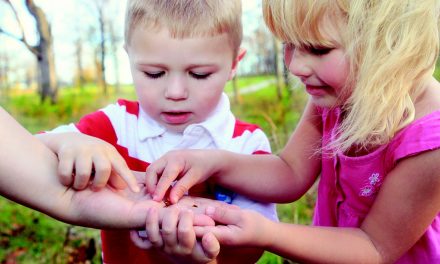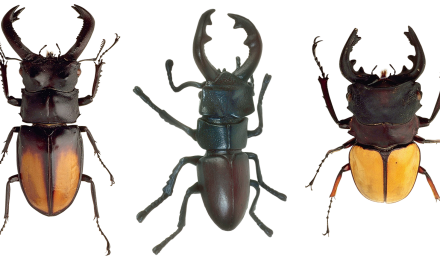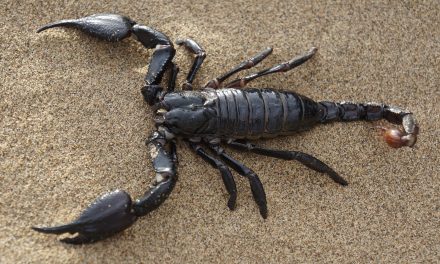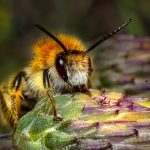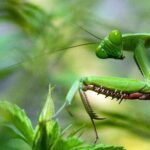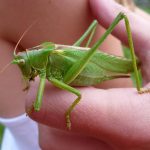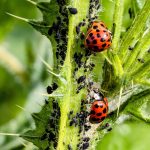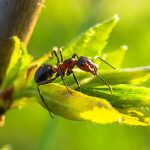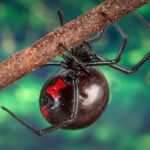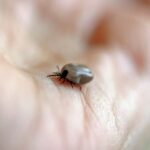The majority of people that enjoy their favourite snacks wouldn’t even think about reading the list of ingredients on the back of the packet, but it could actually contain some very surprising information. There might actually be more than you bargained for in your favourite food or snack that could put you off them altogether.
Something that is a popular topic of discussion at the moment is whether or not there are insects in skittles, and this is something that we are going to address in this article. Some things that we are going to tell you might be the last things that you were expecting to hear.
Is it True That Skittles Are Made Out of Bugs?
Skittles have contained bi-products of insects in the past, but this isn’t the case anymore. Before 2009, skittles were definitely not an acceptable food choice for vegans due to the fact that they contained animal and insect products.
These beloved sweet treats contained gelatin, which is a protein that is processed from the cartilage of animals, which was used as a binder. There were also two different insect products in their ingredients.
Carmine
The first of these insect ingredients is carmine, which is a red dye that is used specifically to create red skittles. Carmine is harvested from the cochineal scale insect, and these beetles are dried and crushed so that they can be turned into a powder. When this powder is mixed with water, it will turn red.
As well as carmine being used in skittles, it is also an ingredient that you can find in other red coloured sweets, like starburst and more. If you want to keep an eye out for this ingredient in the food that you are consuming, you should look for words like carmine, cochineal extract, or carminic acid in the list of ingredients on the back of the food packet.
It is likely that the average person has consumed around one pound of this red dye in their lifetime without even knowing it. In total, this equates to around 70,000 of these insects.
Shellac
The second insect product that you could find in skittles was shellac, which is a wax that is secreted by the lac insect, Kerria Lacca. This shellac is typically used as a coating that would seal the food and prevent the transfer of these colour dyes from the skittle to the skin.
Do Skittles Still Use Insect Ingredients?
No, since 2009, Skittles no longer use insect products as ingredients, and none of the products listed above are used anymore. Instead of the carmine as the colouring, Skittles now use red 40 as a dye substitute. This means that skittles are now suitable for vegans and vegetarians, and most people that aren’t fond of consuming such ingredients.
Are Bugs Safe to Eat in Food?
Most of the time, bugs are not directly used in food, and the bi-products that are used are completely safe to eat. However, there are also food regulations surrounding actual insects that make it into food during mass production, so there could be insects lurking in the food you eat.
Insects are actually a delicacy in many different countries around the world, and they are more than safe to eat. They are so popular in some places that they are completely legal to eat.
Although, insects do often make their way into the food that we eat by their own accord, which most people probably don’t want to hear. These bugs and insects are actually allowed in many different types of food as long as they are below a certain quantity. Insects are rich in proteins, healthy fats, calcium, iron and are low in calories, and a small amount of them is not going to be harmful to your health.
Are There Beetle Eggs On Asparagus?
Yes, beetle eggs can be found on the asparagus that you buy at stores, as beetles often attach themselves to this vegetable as it grows and it is common for beetles to lay their eggs here. Once the beetle is attached, it will lay its eggs on the spears, ferns, or flower buds of the vegetable. According to the FDA, as long as the level of eggs is kept below 10% on each piece, then they are safe to sell.
Are There Mites On Vegetables?
There are going to be mites on your vegetables, but more specifically, on your broccoli. This probably isn’t welcome news, but if you do see something moving on your broccoli, then it is likely aphids or mites lurking among it. It is allowed for an average of 50 aphids or mites to be present per 100 grams of this vegetable. In addition to broccoli, the FDA legally allows up to 74 mites per every 3.5 ounce can of mushrooms.
Is There Larvae in Spinach?
Yes, there is likely going to be larvae in your spinach, and the FDA allows 2 to 3mm long larvae or caterpillars to be present in your frozen or canned spinach. It has been confirmed that consuming such larvae in small amounts is completely harmless, and you probably can’t see it. However, it commonly plagues this vegetable.
Foods That Contain Insects
Chocolate
Chocolate might be a favourite food for many people, but your chocolate can actually contain up to 70 bits of bugs according to FDA guidelines. Every 125 grams of chocolate can contain between 60 and 74 bug fragments. One of the most commonly found insects in chocolate is cockroaches.
Coffee
You probably wouldn’t think that there would be bugs in your coffee, so you might be surprised to learn that your coffee beans can be infested with up to 10% of insects and still be fine to sell. You could be drinking around 120 bits of insects in your morning cup of coffee without even knowing.
Juice
Fruit juice is one of the worst suspects when it comes to containing insects. Each bottle of juice can contain fly eggs and still be sold as long as there are less than 5 fly eggs for every 250ml of juice.
Peanut Butter
Another culprit for containing insects in the food is peanut butter, which is permitted to contain up to 30 insect fragments per every 100 grams.
